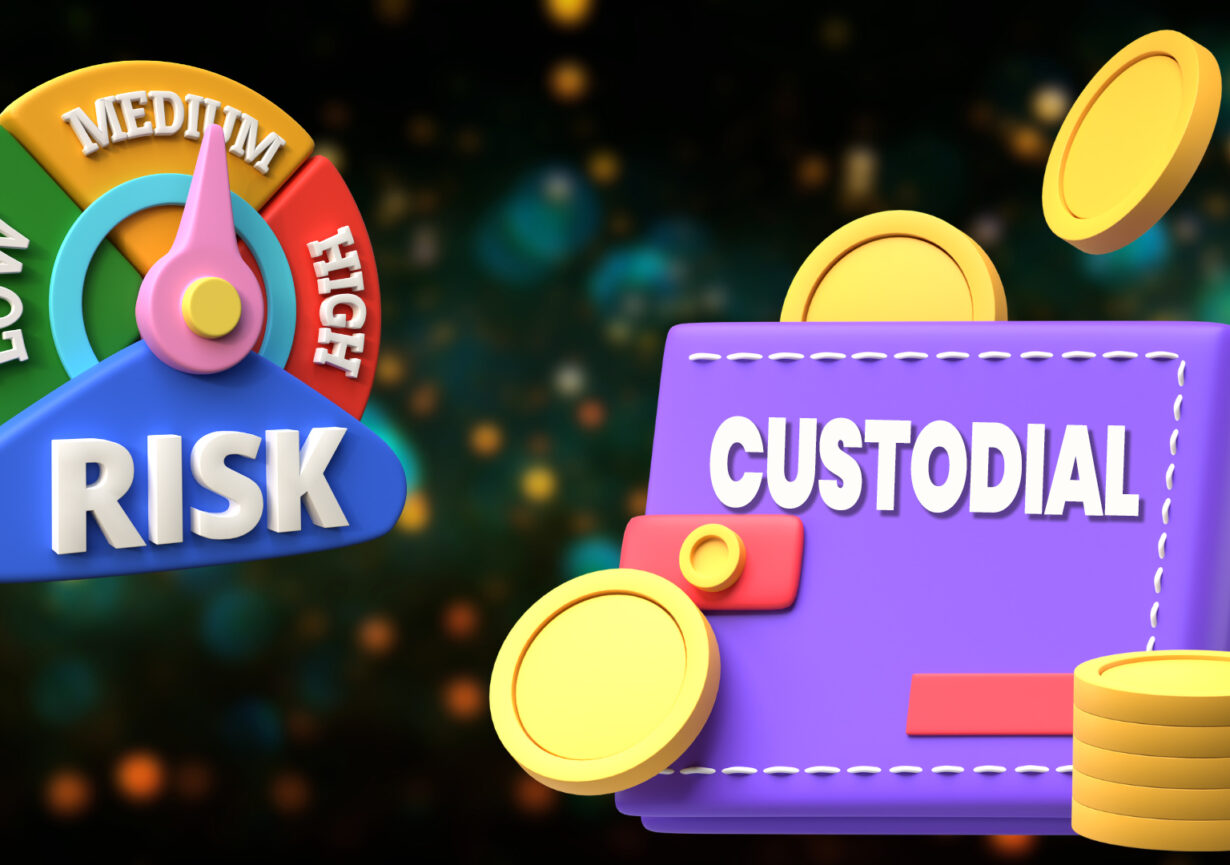- Crypto wallets allow users to access their digital assets stored on the blockchain.
- In self-custodial wallets, the users are responsible for safeguarding their private keys and no third party is involved.
Lately, several investors and users have realized the potential of cryptocurrencies in the future and have largely become interested in them. Trading in these crypto coins, which includes buying, selling, or exchanging, requires users to have a crypto wallet, to hold their digital assets. It works similarly to the physical wallets needed to store money.
Crypto wallets are classified into custodial and non-custodial wallets. Here, users get a private and a public key, where the public key is their address, which is used to receive money and can be linked to the bank account, whereas, the private key is the password to access the coins.
As we know, cryptocurrencies are digital assets and thus can’t be owned like paper money; instead, to access them and prove their ownership, users need to produce their private key. This is not to be shared with anyone, or else they can easily access your funds.
Custodial and non-custodial come from the person responsible for these private keys. In custodial, a third party, like exchanges, has access to your private keys and they take responsibility for keeping funds safe, given that you do not share your private key. However, the collapse of several exchanges, like Mt.Gox and most recently FTX, has sowed seeds of fear in the hearts of users.
Self-custody, as the name suggests, is when the users are themselves responsible for their private keys. A third party is not involved in this, while users have full control of their funds. They can further be classified into hot wallets (online wallets) and cold wallets (offline wallets).
Hot wallets include storing the private key and seed phrase on mobile or desktop devices, which indirectly become connected to the internet. A hot wallet includes the option of hardware or writing it down on paper. These are in no way connected to the internet and pose no threat of cyberattack.
Benefits and Risks of Self-Custody Wallets
As discussed, even when a company like FTX, which boasts to be the fourth largest crypto exchange, can spiral down to nothing in just 48 hours, it is sure to bring shrills to investors. The volatility of the crypto market is well-known and within it, such cases put investor’s funds under huge threat.
Entrusting your private keys to such third parties, which are under constant threat of cyberattack or are now looking pretty good but may go bankrupt tomorrow, is surely putting your funds at risk. Although they are convenient to use because of their user-friendly interface and added features, and have several recovery options in case you forget your private key or seed phrase, they still can’t be trusted.
On the other hand, self-custody wallets make you the only person who knows your private key and thus the only person with control over funds. This eliminates the risk of leakage through third parties and opting for cold wallets will further enhance their security.
However, if you lose your private key, forget the seed phrase, the paper is destroyed, or the hardware device is lost, you also permanently lose your funds. Maybe they were worth a million dollars, but without a private key, they are nothing. Thus, keeping a backup is a severe problem in self-custody wallets.
Conclusion
The added responsibility often puts off several users from using self-custody wallets and they migrate to a third party, which, although risky and charging a service fee, is considered safe. The lack of insurance in self-custody wallets also makes several people shy away from them and adopt custodian wallets accepting the underlying risks as table stakes.


Leave a Reply